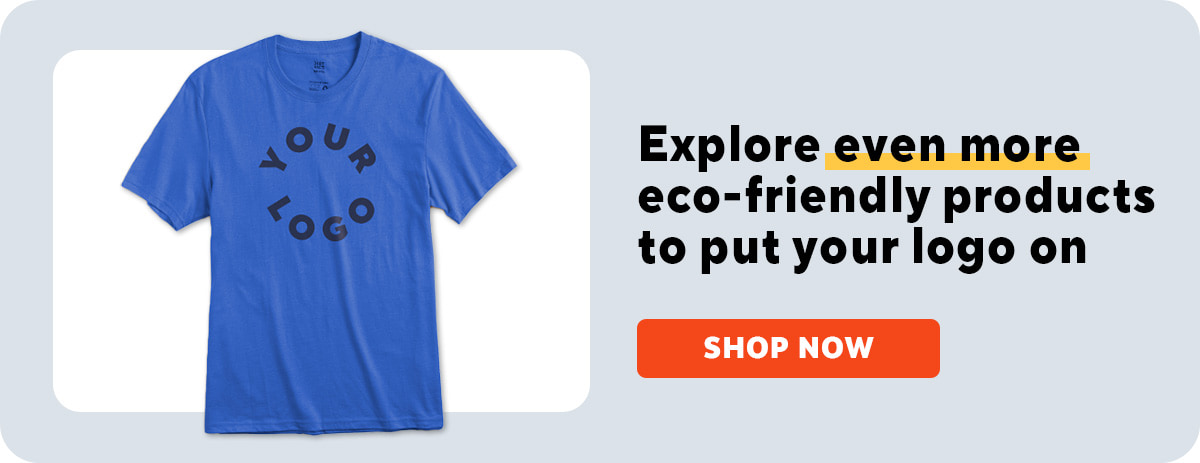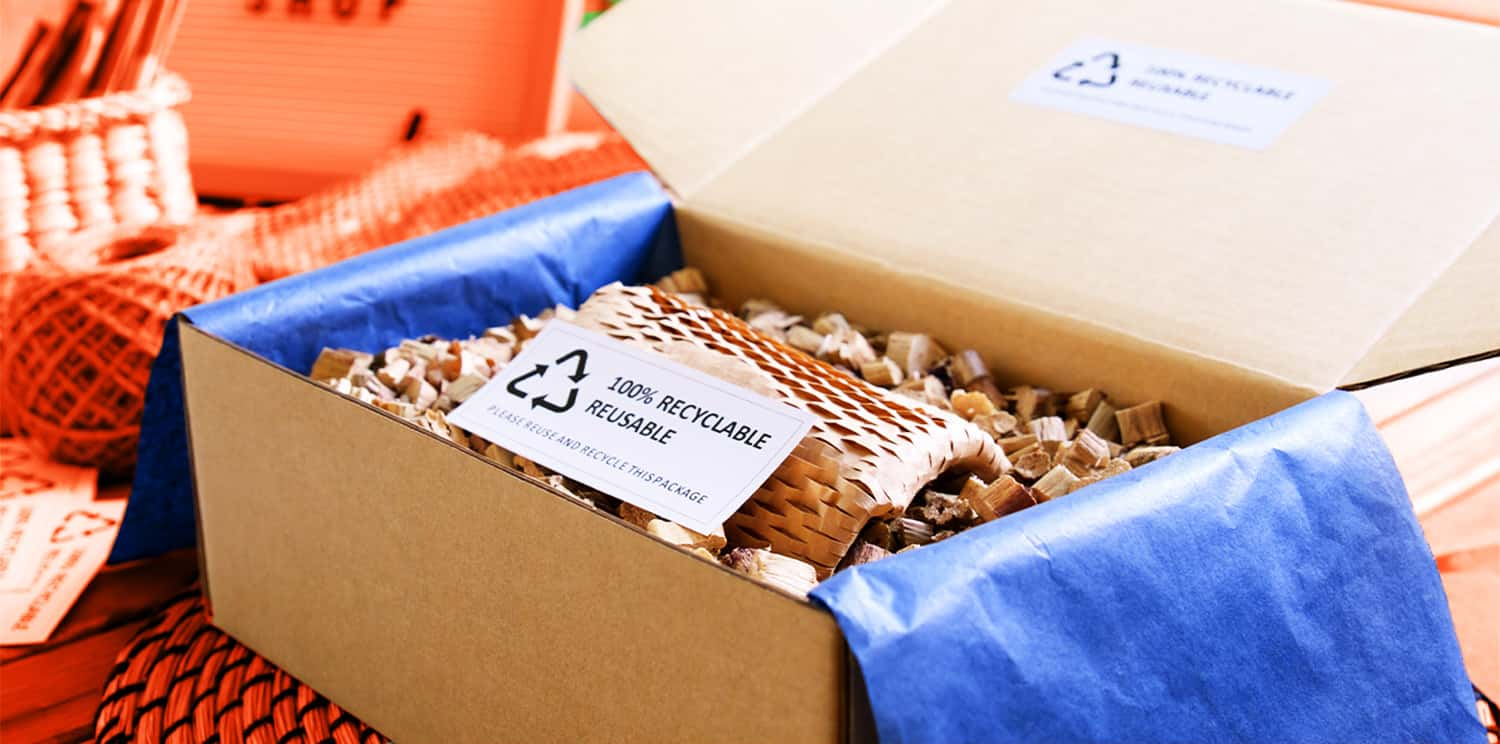Sustainable Marketing: Boost Your Brand the Green Way
Imagine a world where every marketing move makes the earth a bit greener and society a touch more ethical. That's the heart of sustainable marketing. This approach goes beyond mere transactions; it aims to foster meaningful transformation via commercial endeavors.
Exploring the heartbeat of eco-friendly marketing, we delve into everything from online initiatives slashing carbon footprints to creative packaging methods minimizing trash. Get ready to learn how your brand can join this vital movement.
Understanding Sustainable Marketing
Embark on a journey to the heart of sustainable marketing, where we unravel its meaning, significance, and harmony with both consumer anticipations and our duty towards the planet.
What is Sustainable Marketing?
An overview of sustainable marketing's role in promoting environmentally and socially responsible products, practices, and brand values.
The Rise of Green Marketing
Exploring how green marketing tactics have adapted and flourished in reaction to increasing worries about our planet's health.
Examples of Successful Sustainable Marketing Initiatives
When companies truly embrace sustainable marketing, they're not just talking the talk; they walk the walk in a way that resonates with consumers. Take Patagonia, for example. Since 1985, this outdoor apparel giant has been donating 15% of its sales to environmental causes through its One Percent for the Planet initiative. Demonstrating their profound commitment to eco-consciousness, this daring strategy underscores the essence of sustainability woven into their corporate ethos.
Consumer Attitudes Towards Sustainability in Marketing
The way we shop is changing. Nowadays, over three-fifths of shoppers weigh moral considerations in their buying choices, marking a notable pivot to eco-aware purchasing habits. It's no longer merely a matter of pride; it's about holding the companies we patronize to higher standards.
Being green has moved from a nice-to-have to a must-have for businesses looking to connect with today’s market. Consumers are paying closer attention not only to what they buy but also to the values of the companies they buy from. Nowadays, the ethical concerns of consumers encompass environmental care, fairness in society, and financial sustainability—transforming green practices from a mere choice to an indispensable aspect for contemporary companies.
In conclusion (although I'm not supposed to say this), being mindful of our planet pays off—not just in terms of brand loyalty but in forging deeper connections with customers who value transparency and honesty above all else.
The Impact of Digital Marketing on Sustainability Efforts
Social Media's Role in Green Campaigns
Nowadays, companies are leveraging platforms like Instagram and Twitter to engage eco-aware folks, igniting discussions on sustainability. Leveraging online platforms, firms are adept at highlighting their dedication by crafting eco-conscious promotional endeavors that strike a chord with individuals placing the Earth's welfare above all. For instance, sharing stories of eco-friendly initiatives or using hashtags can amplify a brand’s green message far and wide.
Through digital landscapes, brands have the unique chance to converse intimately with their followers on matters of environmental concern. Companies enhance their green reputation and cultivate a devoted base by nurturing dialogues around sustainability and championing content created by users, which solidifies their commitment to environmental stewardship.
Sustainable Materials and Packaging Innovations
Revolutionizing product design with eco-friendly materials and packaging solutions is not just a trend; it's becoming the backbone of sustainability as a business strategy. Companies are stepping up, moving away from unsustainable resources to embrace easily processed recycling options that leave minimal environmental footprints.
Despite facing backlash for their non-recyclability in certain areas, paper straws have emerged as icons of this eco-conscious transition. The issue highlights the complexity within sustainable materials sourcing—what works in theory doesn't always pan out in practice. However, these lessons serve as a catalyst for firms to delve deeper into innovation, making sure their pursuit of eco-friendliness avoids unintended negative impacts.
Integrating Sustainability Across Business Operations
Embedding sustainability into every facet of business operations is no longer a nice-to-have; it's a must-do for companies aiming for long-term success. So, what's the real scoop on adopting this all-encompassing strategy? Ensuring that every aspect of your business, from the supply chain to how you engage with your employees, is infused with sustainability practices goes beyond merely having eco-friendly products on offer.
To effectively implement these changes, planning cannot be overlooked. Long-term planning ensures that initiatives aren't just fleeting marketing tactics but are embedded into the core business strategy. This strategic integration can lead to innovations such as using sustainably sourced materials or designing packaging with easily processed recycling methods in mind—efforts recognized by certifications like B Corp Certification. By meticulously strategizing and implementing their plans, companies can evolve into truly sustainable organizations, demonstrating their dedication not merely in rhetoric but through meaningful deeds.
Leveraging Brand Values for Sustainable Impact
When a brand decides to intertwine its values with sustainability goals, it's not just about going green. It's about weaving a narrative that strikes a chord with eco-conscious shoppers, showcasing dedication that transcends mere profit. Adopting this strategy cultivates a deep-seated confidence and nurtures devotion among consumers in manners that conventional advertising methods fail to grasp.
So, how does this actually play out in real life? For Smol, it meant rethinking product design from the ground up to offer eco-friendly cleaning tablets, reducing unnecessary water shipping weight and packaging waste—see their innovative products. Meanwhile, Treedom is engaging customers directly by letting them gift or sponsor tree plantings around the world for carbon offset—a tangible way people can contribute to combating climate change while also feeling connected to a larger cause through Treedom’s initiative.
This shift towards sustainable materials sourcing isn’t just ethical; it meets growing consumer demand for companies that take real action on social issues companies face today—from reducing carbon emissions to tackling unsustainable resource use head-on.
Conclusion
So, you've journeyed through the ins and outs of sustainable marketing. Exploring the terrain from Patagonia's unwavering commitment to safeguarding nature, to Smol's ingenious green breakthroughs, we've observed corporations flourishing by prioritizing Earth's well-being.
Sustainable marketing isn't just a trend; it's a shift in mindset. It shows that doing good for our world also means good business. Consumers today want more than products; they seek brands with heart and purpose.
To make your mark, start small but think big. Incorporate eco-friendly practices deeply into all facets of your business's workings. Remember, building brand loyalty now requires showing genuine care for both people and the environment.
Embrace this change. The future belongs to those who believe in the beauty of their dreams—and then act on them sustainably.


